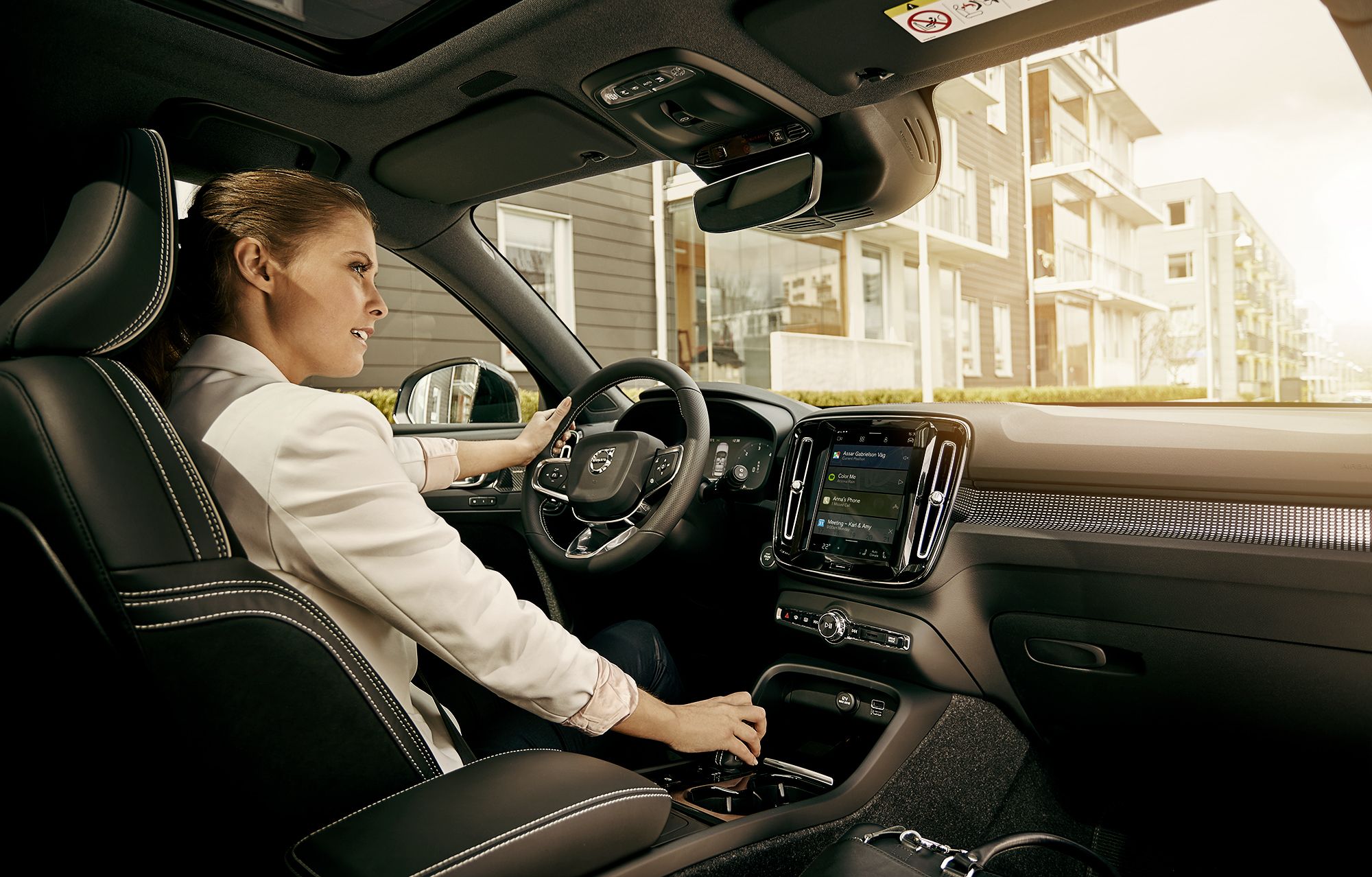For many years, Android Auto has provided most drivers with a competent-if-flawed option to map out their trips and listen to their favorite music, but some newer cars are replacing this feature with Android Automotive, a dedicated operating system for automobiles. While this OS has been around since 2017, it's been slow to adapt to Google's aesthetic. That could change soon, as Material You themes could start making their way to Android Automotive — with a catch.
Google wants to bring their updated design language to Android Automotive, but the color schemes for each car might depend on the manufacturer's decision rather than them being pulled from your wallpaper by an algorithm. Per Android expert Mishaal Rahman, OEMs will be able to use design tokens to implement the Material You aesthetic on Android Automotive. While mobile device design tokens are determined through an algorithmic process, OEMs will be able to fully customize the look of their interfaces all while maintaining the overall Material You theme.
Although the implementation of Material You design is still in development, it'll be interesting to see how car manufacturers adapt Google's design language. Some vehicle brands have a reputation for using more dated interfaces than others, making us skeptical of their future choices.
Android Automotive is getting more popular each year, but BMW will not use Google apps when it adds the OS to its cars next year — instead, it will focus on internally handling software development rather than relying on Google. Honda, on the other hand, will include "Google built-in" on all Accord models moving forward, meaning most Google-made apps will be included in the vehicle.
As neat as Android Automotive is, it's still not widely available. If you're on the fence about buying an older car with Android Auto or a newer one with Android Automotive, we've broken down what exactly separates them from each other.

